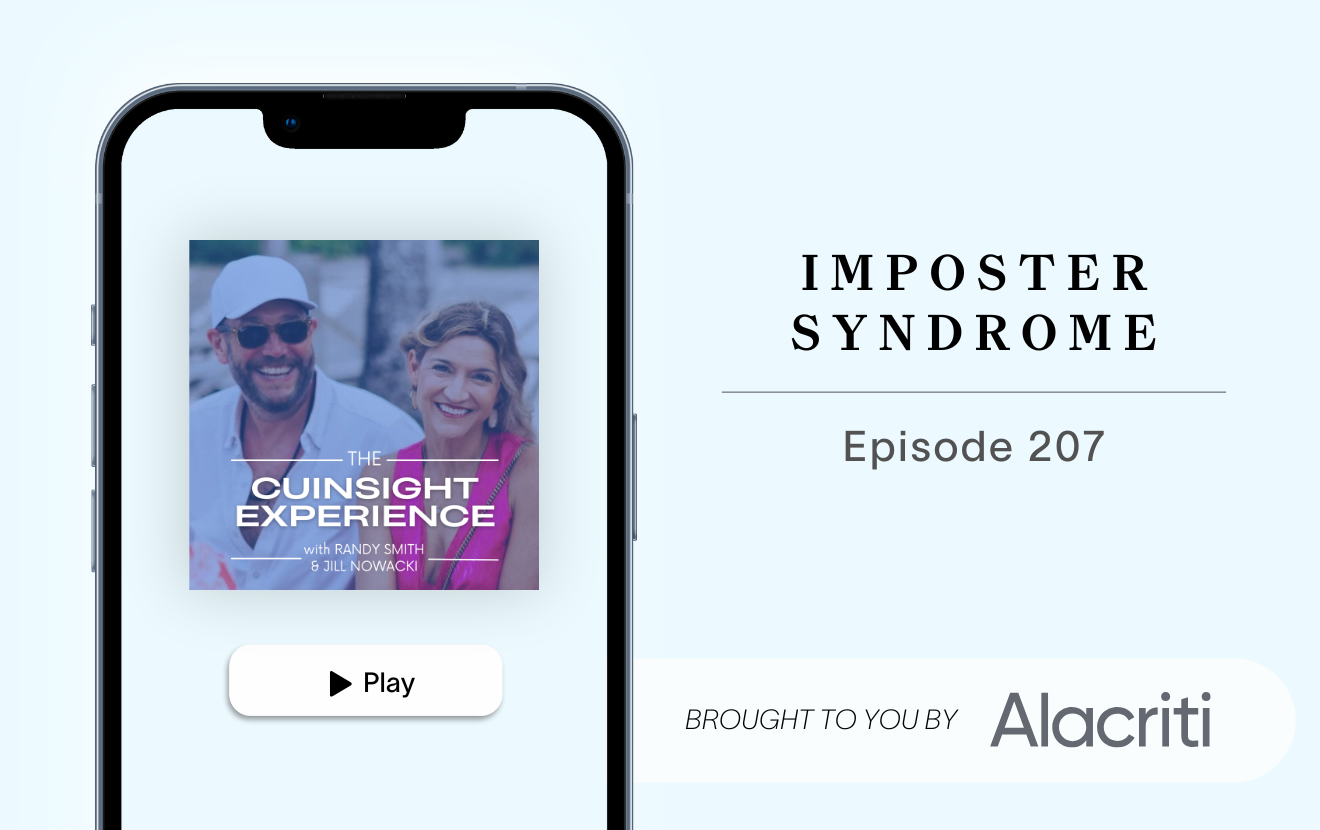Have your members asked you recently to provide support for mobile payments apps? Do you support Venmo? Square Cash? What is Zelle? Or maybe your members have complained that their funds don’t transfer instantly. Is this a problem with your credit union? Is it a limitation with your core system or card processor? Or is it a function of the mobile payments app itself?
The truth begins with the fact that mobile payments apps don't want to play nice. These mobile payment provides want users to download and use their app directly, which means inter-app integration is really isn’t an option. Venmo, for instance, began offering a public API for developers in 2010 but discontinued it for new developers in 2016. Square Cash provides an API, but it is only for website payment processing and in-person point-of-sale (POS) apps. Zelle on the other hand provides a three-pronged approach to integration (direct-within Zelle, payment processor partner turn-key, or a combination of custom/partner) but still lacks inter-app integration. It’s hard to blame these providers though. Understand that there is major competition occurring between these mobile payments providers and the only way for them to qualitatively measure users and user experience is through their own apps. Retailers don’t allow you to build their apps into your own, why would anyone else?
The member experience at this point with these providers has left much to be desired. Your members come to your credit union for answers because their account is with you not Venmo, Square Cash or Zelle. What the member doesn’t realize is that each of these apps simply act as a bridge between their account and your credit union. In most cases, your members will feel frustrated with a multi-app experience, especially millennials and younger members. This is because the mobile payments providers are driving the relationship with the member, without controlling the credit union account relationship. Your members are then are caught in a competitive environment and are coming to you for answers. Here are a few tips that will hopefully help your credit union provide a better member experience.
-
Venmo is PayPal's mobile payment service and moved $35 billion in payments in 2017 and has an estimated monthly active user base of more than 10 million. Venmo uses the ACH system to process transactions. This is why their website reports 1-3 day transfer service. Venmo also requires its users to set up an account in its system that is separate from your credit union account and is not insured NCUA. The Venmo account can then be linked to a credit union account so that members can move money between the app and their account (this adds an extra step and may involve some additional delay). Starting in January 2018, Venmo began to offer a more rapid transfer option than its typical 1–3 day transfer service, but they charge a fee for the service. There are no limits or fees applied to Venmo users and payment movements outside of their rapid transfer option. Venmo appeals to millennial users as social settings are built within their app. You can allow your Venmo network to see who you are paying or receiving money from and add emojis to the transactions.
-
Zelle is the product of Early Warning Services LLC, which is owned by the 7 largest banks in the US (Bank of America, BB&T, Capital One, JP Morgan Chase, PNC Bank, US Bank and Wells Fargo) and impressively moved $75 billion in payments during 2017. Zelle only allows you to register with a supported MasterCard or Visa debit card. Not all credit unions are automatically added to Zelle's service, you may have to contact Zelle to be added (https://www.zellepay.com/get-
started) or work through your debit card processor (presently only CO-OP, FIS, Fiserv and Jack Henry are supported). Zelle transfers money directly between bank accounts, so it requires no separate account or extra steps to obtain access to funds (this is in contrast to Venmo's service which requires money to move through their app creating a delay and an extra step to the consumer). Zelle says that "Transactions between enrolled Zelle users typically occur in minutes, if your recipient is not yet enrolled with Zelle, it may take between 1 and 3 business days after they enroll." Clearly Zelle is using the ACH “rails” to establish the account relationship. Zelle is also accessible through banking institution websites and apps as well as through the separate Zelle website and mobile app. Only the recipient's email address or mobile number is needed for a user to send money directly from their bank account to the recipient's bank account. Each email address or mobile phone number may only be actively enrolled in Zelle to receive payments at one financial institution. To register at multiple FI’s, users need to provide different email addresses or mobile phone numbers for each. You will need to keep this in mind if your members complain that they cannot use their existing Zelle account. Your MSR's will need to verify if they already have Zelle enabled with another credit union or bank. If so, the member will need to use another email address or mobile phone number to link your credit union (this may feel clunky to members but it is a limitation of Zelle). Credit unions can set limits on the dollar amount and frequency of transactions allowed on Zelle. For example, transfers from a Chase checking account are limited to $2,000 per day and $16,000 per calendar month. -
Cash App is the mobile payment app of Square, Inc. Cash App recently reported that they had more than 7 million active app users in December 2017 alone. The two services (Cash App and Square) are different. Square is a mobile payments reader, which allows merchants to accept credit/debit card payments by connecting to a mobile device's audio jack. The Cash App can only be used with a debit card, it does not allow credit card connections. The money you send or receive comes and goes directly from or to the credit union account linked to your debit card. According to Cash App, most payments deposit instantly, but some take one to two business days depending on the bank. As a credit union you understand this, but it is likely that your members don't (for example, a payment sent on a Saturday night will show up in your bank account on Monday --- again think ACH). But having money sent direct to your account is a big differentiator between Cash App and Venmo (which keeps money sent in their app as a balance). Cash App transactions are free but limited to $2,500 a week.
In the end, there is little you can do beyond educating members. Just because a commercial claims “all you need is an established US bank account” or “payments are transferred immediately” doesn’t mean a member will have access through your credit union or that the ACH processing rules don’t apply when used. Similar uncertainty for members arrived with Apple Pay, Samsung Pay and Android Pay (now Google Pay). What credit unions learned through that process also applies to the new mobile payments revolution. The good news is that outside of Venmo, a credit union account is still required. You hold the keys to the member relationship, so do your best to keep them informed and provide the technology they want.







